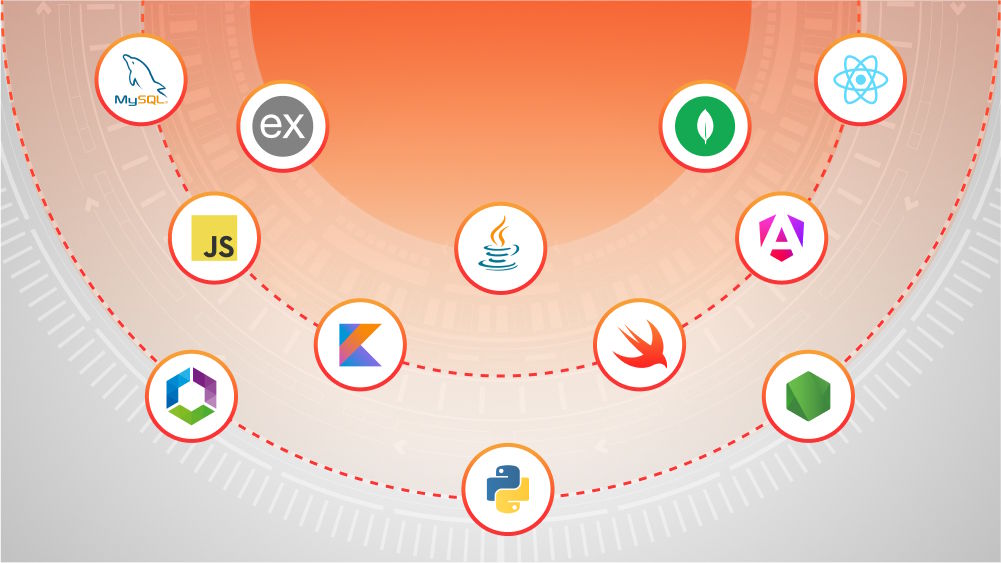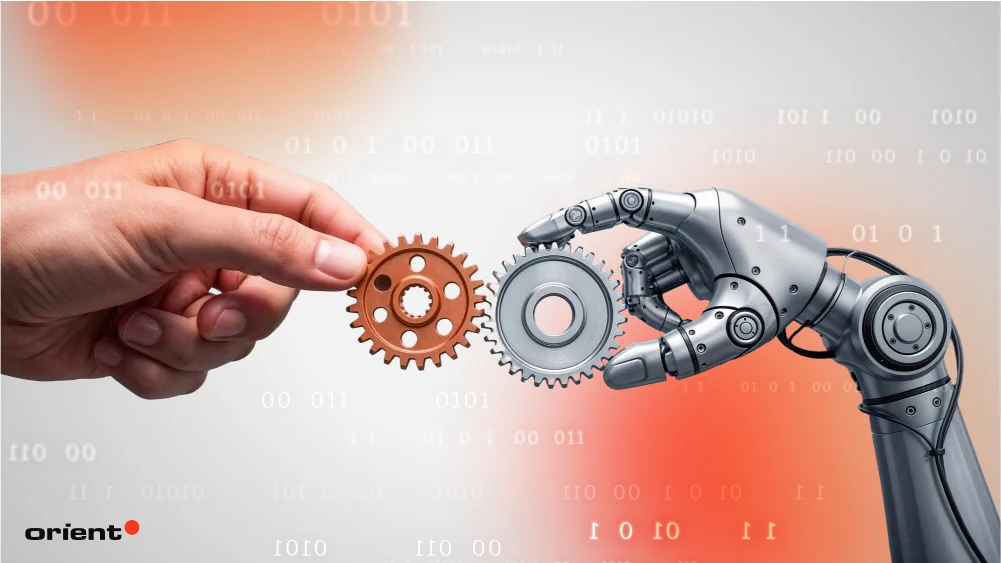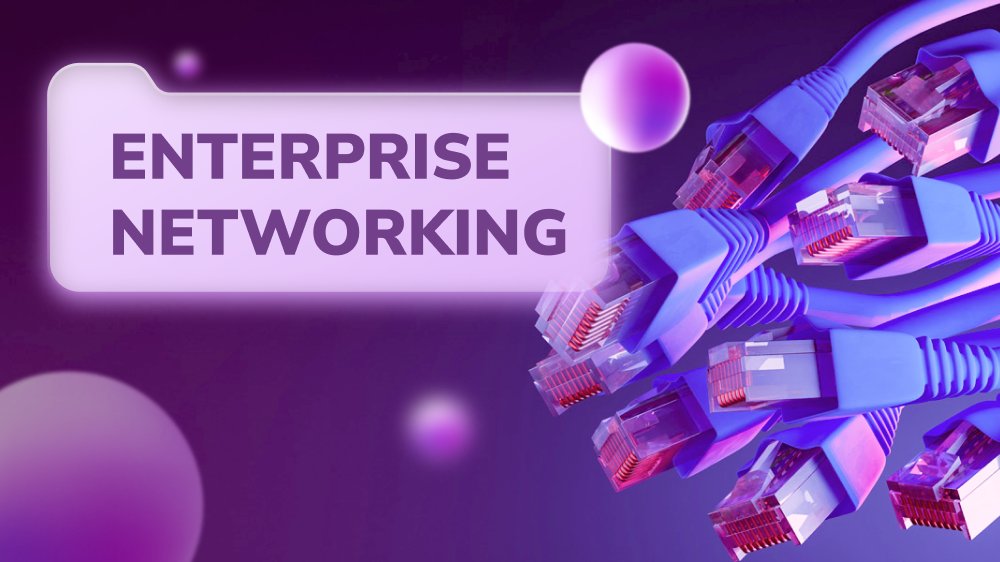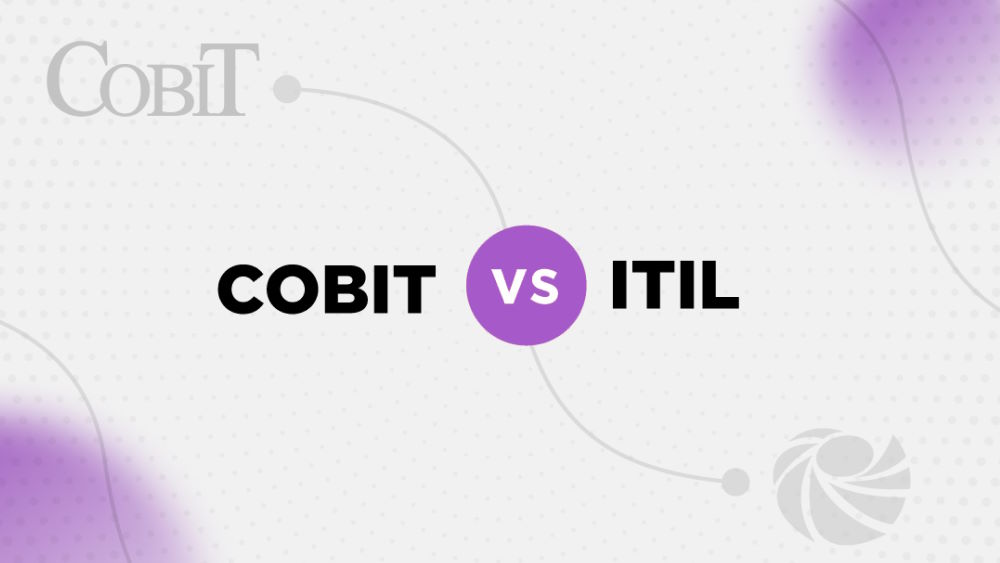Automation is the lifeblood of many businesses in operation today. It enables them to streamline their daily operations, replacing manual tasks with automatic ones performed by machines and software robots. And with minimum human intervention, too.
However, traditional automation has its limitations. It cannot learn from past experiences, identify trends and patterns, and predict potential outcomes. Fortunately, that’s where implementing intelligent automation can help. Intelligent process automation (IPA) goes beyond the capabilities of traditional automation to execute more advanced tasks with greater efficiency.
In this article, you’ll learn what IPA is, its benefits, the main technologies it uses, and how it’s used in different situations.
Key Takeaways:
- Intelligent process automation (IPA) employs advanced technologies to identify patterns, facilitate data-driven decisions, and learn from past experiences.
- Businesses using IPA have the potential to provide better customer experiences, reduce unnecessary manual labor, and reduce operating costs.
- By teaming up with a technology partner, businesses can receive an IPA solution that blends in seamlessly with their existing automated workflows while offering enhanced capabilities.
What Is Intelligent Process Automation (IPA)?
IPA is an advanced form of automation, one that encapsulates a wide range of technologies, such as artificial intelligence (AI), machine learning (ML), natural language processing (NLP), and robotic process automation (RPA).
Aside from being able to automate repetitive tasks with minimal human intervention, IPA can also perform advanced tasks such as pattern recognition, predictive analytics, and human language interpretation. It is essentially an extra layer of functionality on top of an existing RPA system.
Intelligent automation work is expected to make huge leaps and strides over the coming decade. According to Global Market Insights, the global intelligent process market size was valued at USD 15.2 billion in 2024. It is expected to grow at a CAGR of 14.3% between 2024 and 2034.

What Is the Difference Between IPA and RPA?
Given how similar the two terms are, it can be easy to assume that both IPA and RPA are similar in nature, which is partially true but doesn’t fully explain their purpose.
At the most basic level, RPA refers to a machine performing a repetitive task, following a strict set of rules to achieve predictable outcomes. IPA adds an extra layer of functionality to what an RPA can achieve, offering advanced capabilities that traditional RPA systems cannot perform on their own.
What Are the Benefits of Intelligent Process Automation?
There are many reasons to incorporate an IPA layer into your existing RPA system. It can help your business save money, improve the customer experience, and facilitate more informed decision-making.

Reduced Business Operations Costs
An IPA layer can help reduce operating costs by minimizing unnecessary manual labor in the workforce. For example, AI-driven chatbots can field a high volume of customer inquiries 24/7, only delegating communication to a human representative to handle more complex tasks. Businesses can then use the resources saved by IPA to focus on more meaningful tasks.
This isn’t just an isolated example, either. Businesses around the world are enjoying the cost-saving benefits of intelligent automation. According to a 2022 study by Deloitte, organizations that prioritized intelligent automation achieved an average cost reduction of 32%, an increase from 24% back in 2020.
Improved Customer Experience
With the ability to analyze consumer behavior and respond to customer inquiries in real time, an IPA layer can improve the customer experience in many ways.
Instead of waiting for a human customer representative to be available, a live chatbot can field customer inquiries both during and outside of normal business hours. IPA enables a business to anticipate potential customer concerns, preparing helpful and actionable responses to common customer queries. This can help elevate the self-service experience.
Additionally, IPA can analyze consumer sentiment to gather relevant feedback. For example, opinions on a new product launch, or feedback on a recent customer service experience.
More Accurate Reporting and Decision-Making
These days, businesses collect large amounts of data from unconventional sources, including unstructured data like videos and images from social media. Traditional data can also be stored and organized in relational databases for easy retrieval.
Businesses can use an IPA system to identify trends and patterns by making use of the ability to analyze historical data. They can then utilize that data to anticipate potential future outcomes. For example, an online retailer can anticipate demand for the upcoming Christmas period by reviewing past customer behavior and sales data. From there, they can ensure accurate stock allocation to meet customer demand.
According to a study by Harvard Business Review, nearly 90% of survey recipients placed their trust in automation, specifically, for its to help them get more done, minimize human error, and streamline decision-making.
What Are the Main Components of an IPA System?
An IPA system utilizes a wide range of technologies, enabling it to go beyond the capabilities of traditional automation. These include technologies like AI and ML, NLP, and RPA. When used together, these technologies allow an IPA system to perform advanced functions, such as computer vision to identify objects, places, and people in images.

Artificial Intelligence (AI) and Machine Learning (ML)
AI is a type of technology where machines mimic human behavior. It is trained on large data sets and complicated algorithms, replicating the thoughts, processes, and actions of humans, performing repeatable tasks to achieve repeatable outcomes.
ML is a subset of AI. Using complex algorithms and deep learning neural networks, ML empowers computers to identify patterns and make data-based decisions. ML is frequently used in situations where it is impractical to provide detailed instructions for each function performed by a computer.
Natural Language Processing (NLP)
NLP is a technology that enables a computer to interpret written and verbal human language. This allows a machine to interpret and understand the context of verbal instructions and written documentation. NLP is a foundational technology for chatbots, enabling the system to comprehend customer inquiries and provide helpful and appropriate responses.
Computer Vision
Computer vision enables machines to identify objects, places, and people in videos and images. For example, businesses can use it to scan physical documents, such as new patient forms and onboarding documentation, and then transfer that data to a digital system for easy storing and sharing.
Process Mining
Process mining is a type of technology that allows a computer to review the logs of enterprise applications, such as customer relationship management (CRM) and enterprise resource planning (ERP) software. This can help businesses evaluate the steps in their business processes, making it easy to identify shortcomings in their processes and identify growth opportunities.
Common Use Cases for IPA
Now that you understand the basics of IPA, let’s investigate how it’s used in different industries and use cases

Customer Service
Businesses can use an IPA to field more customer inquiries around the clock, regardless of the time of day, at a greater speed and volume than a human.
A chatbot can be trained to respond to a wide variety of customer inquiries. These include providing answers to common questions and knowing when to direct a serious matter to a human for further investigation. As a result, businesses can satisfy more customers at any given time, yet still deliver personalized service when necessary.
Businesses can also use IPA to analyze customer sentiment from customer feedback forms and social media posts. This makes it easy for them to gauge feedback on recent product launches, current industry events, and past customer service experiences.
Managing Finances
Financial management involves performing many repetitive tasks, such as processing invoices, managing accounts payable, and tax reporting. These tasks can be very time- and resource-intensive when performed manually, and can increase the risk of human error.
IPA can help businesses save time and money, reduce the risk of human error, and ensure regulatory compliance. For example, IPA can help match purchase orders with invoices, ensuring the payment and order details are consistent between documents.
IPA can also help businesses make informed pricing decisions based on competitive analysis and market trends.
Reducing Administrative Burden in Healthcare
Healthcare facilities receive a large, consistent flow of new and returning patients on a daily basis. This can place an enormous strain on administrative staff, especially when they must book appointments and process payments manually.
IPA can help reduce administrative burden in healthcare facilities in many ways. It can automatically update patient records, send appointment reminders, and allocate more time to direct patient care. It can also prioritize patient care based on responses given in new patient forms, resulting in early intervention to help save lives.
Processing Insurance Claims and Evaluating Risk
Insurance companies are responsible for handling sensitive customer data, evaluating customer risk, and processing claims. When performed manually, these tasks can be incredibly time-consuming, increasing waiting times for customers onboarding and responding to claim submissions.
IPA can help streamline the customer onboarding experience, using NLP and computer vision to extract data from physical forms and transferring that data to an internal system, creating unique customer profiles.
This makes it easier and faster for insurance companies to onboard new customers, evaluate risk, and share relevant data with third parties, including law enforcement and insurance repair service providers.
Hiring and Onboarding
Hiring and onboarding new employees can be a time- and resource-intensive task. It requires hours spent on writing and posting job descriptions, reviewing resumes, interviewing potential candidates, and onboarding successful candidates.
IPA can help streamline various activities related to hiring and onboarding. For example, it can be used to automatically review and filter out submitted resumes based on set criteria. If a resume lists the skills and experience essential for success in the role, the system can pass it on to HR for further processing and consideration.
An IPA can then automatically schedule interview times for candidates who reach the next stage, as well as share training material and other internal documentation with new talent. Additionally, IPAs can evaluate the effectiveness of a business’s existing hiring and onboarding processes, such as the time it takes for a company to fill an empty position.
Why Choose a Technology Partner for Custom IPA Solutions?
Establishing an IPA system is an incredibly demanding task, one that few businesses have the skills, knowledge, and experience to do on their own. That’s why it’s a great idea to partner up with a technology partner that can provide a custom automation solution tailored to your business needs.

The right technology partner can take the stress and hassle out of automating your business processes. They can help you make the most of your data, ensuring only the most relevant and high-quality data is used to train your IPA systems. Furthermore, they can evaluate the existing strengths and weaknesses of your business process automation, identifying opportunities where an IPA solution can deliver demonstrably superior outcomes.
At Orient Software, we have years of experience helping businesses maximize the value of their data with intelligent automated solutions. Our team of experts has deep knowledge and expertise in the latest IPA technologies, including AI and ML, NLP, computer vision, and RBA. This enables them to deliver innovative AI-driven solutions designed to meet your unique needs. What’s more, we have experience serving a wide range of industries, particularly finance and healthcare.
Recently, we provided an AI-powered document automation solution for Excosoft, a Swedish technology company specializing in technical documentation solutions. By leveraging technologies such as NLP and computer vision, we helped the company reduce manual effort and improve accuracy in its document processing capabilities. Our solutions helped reduce manual effort by 80% while attaining a data extraction accuracy of 90%.

Contact Orient Software Today
Ready to take your automation capabilities to the next level? Contact us today. Find out how we can help your business unlock the true potential of your data.














